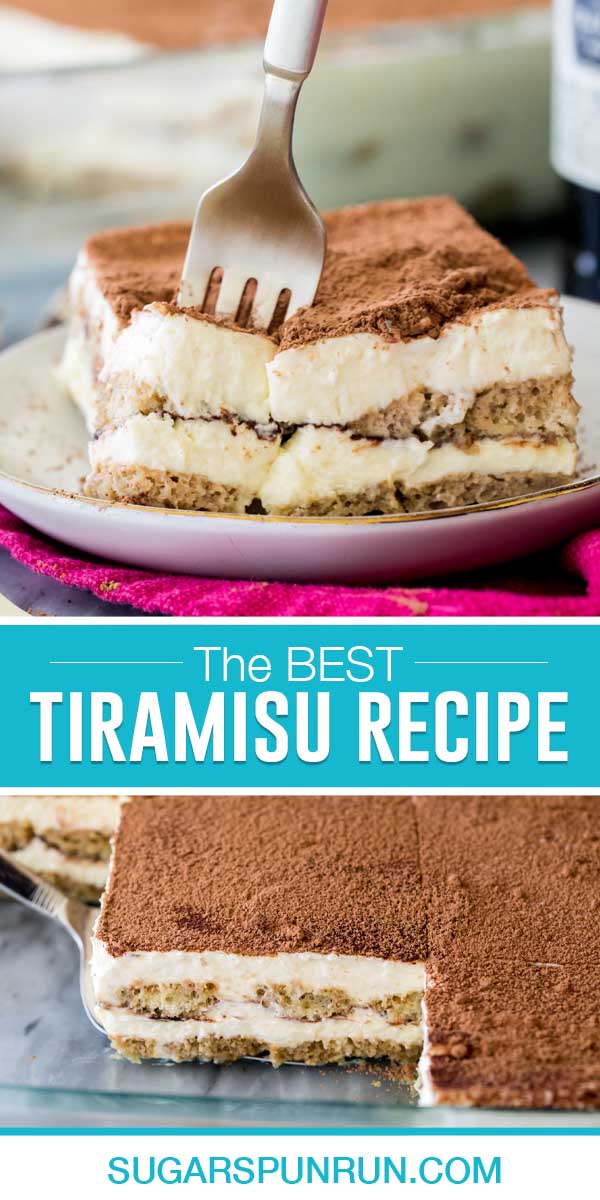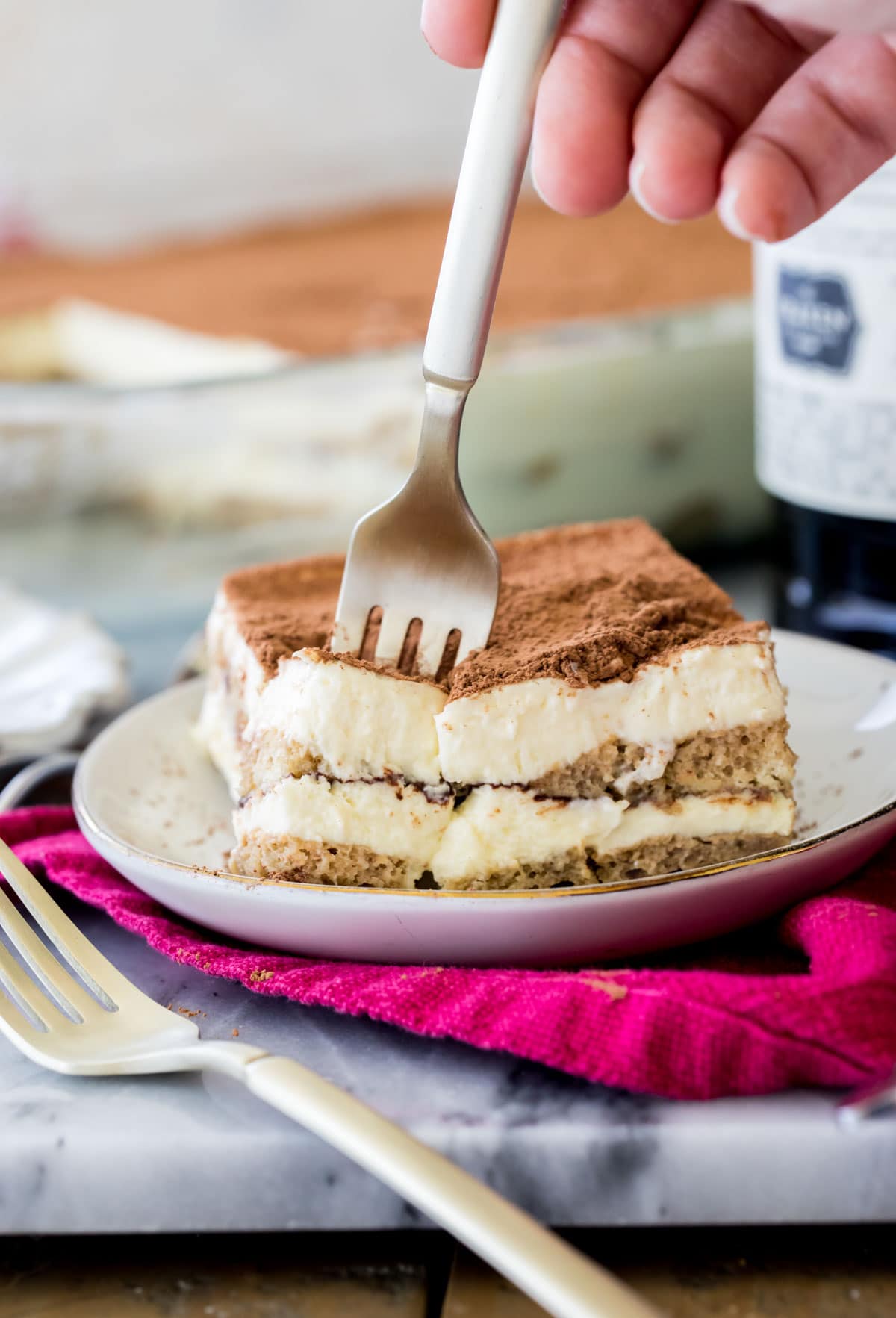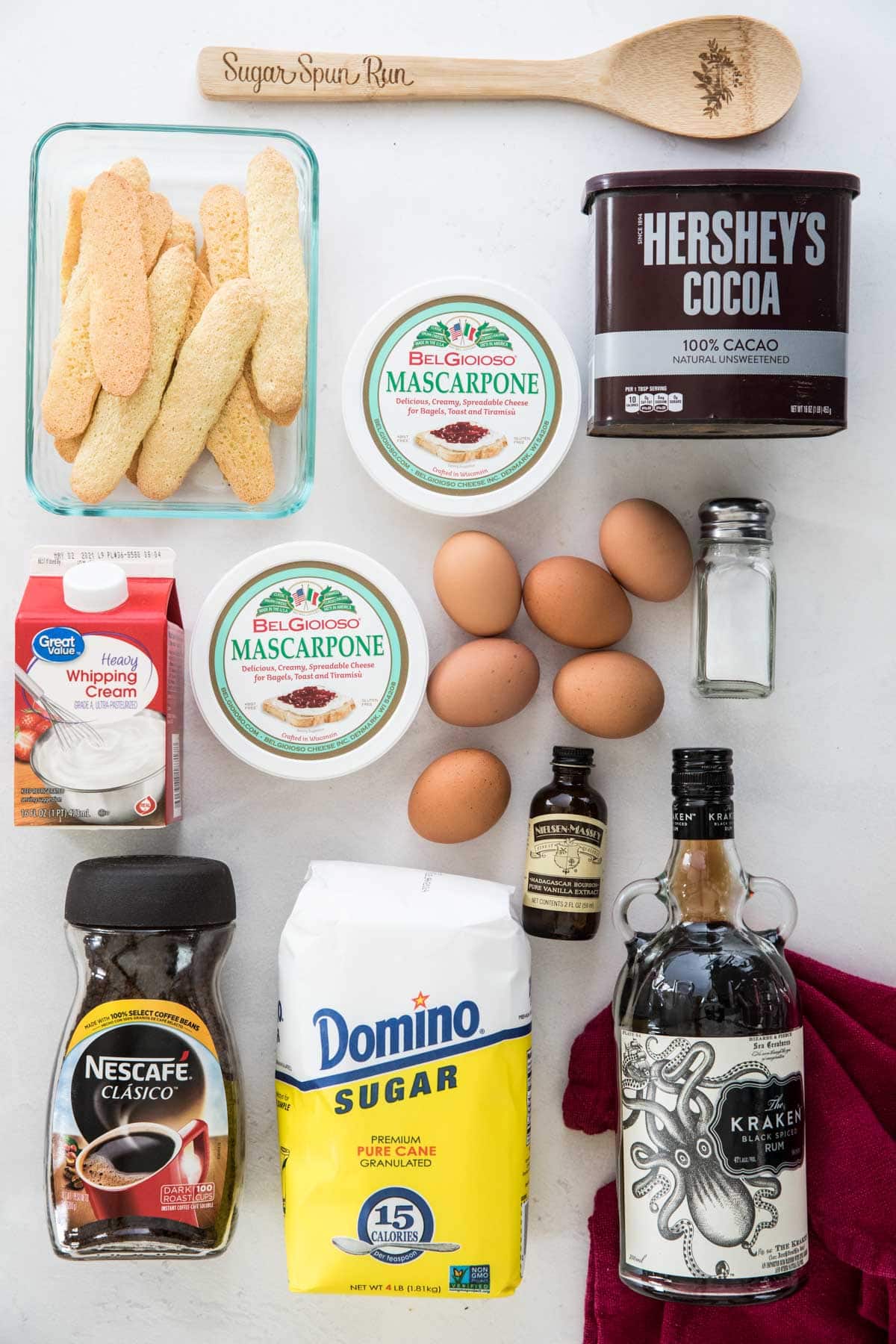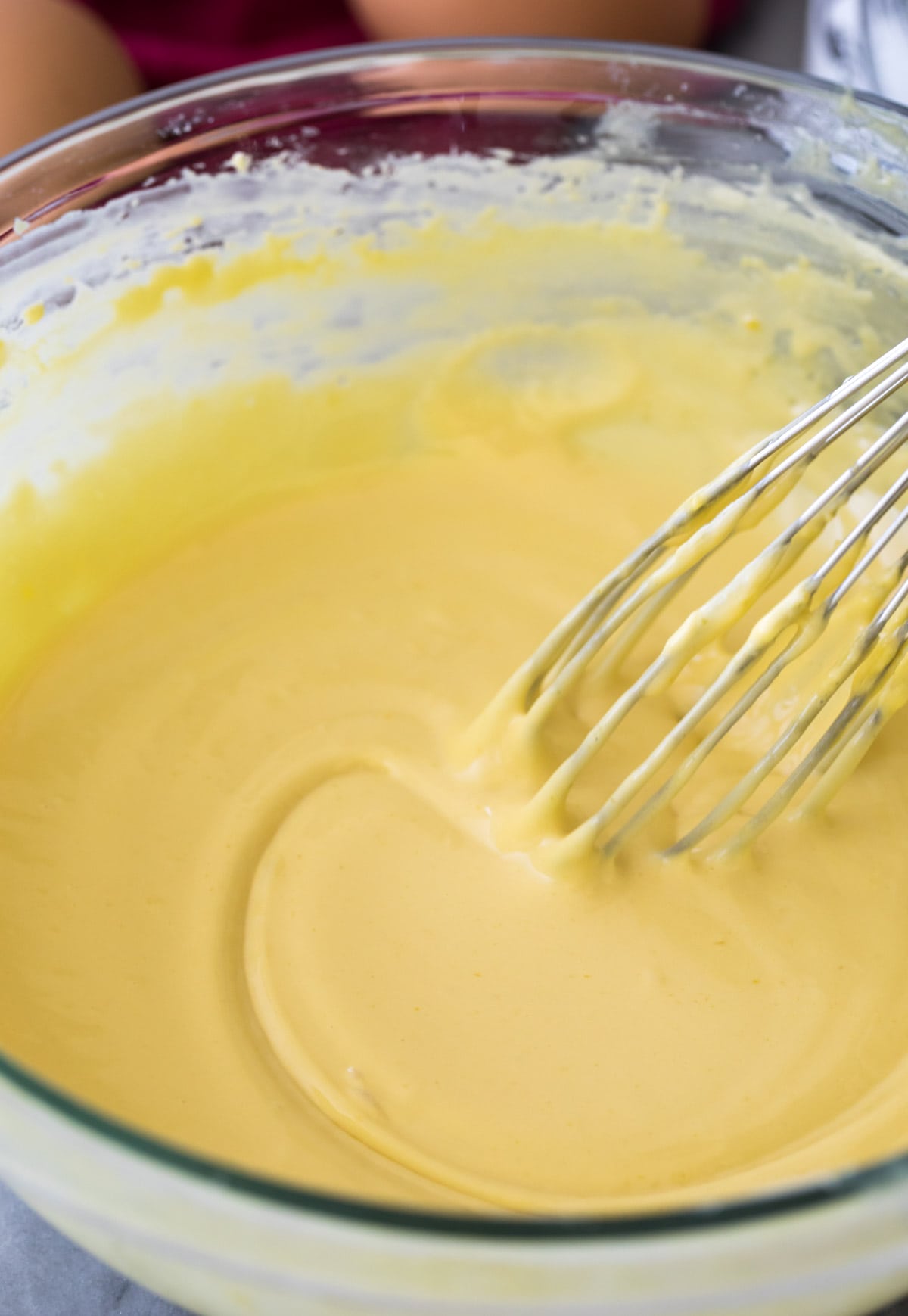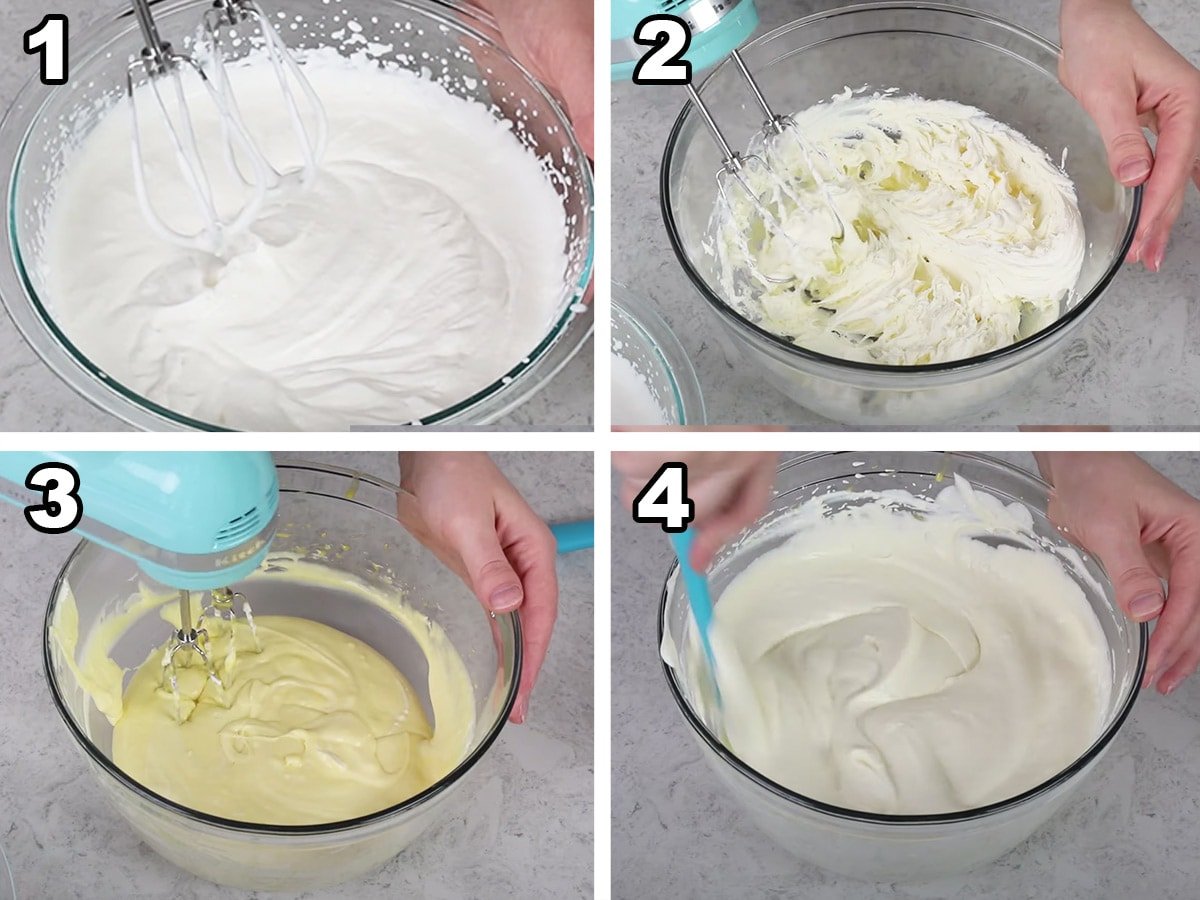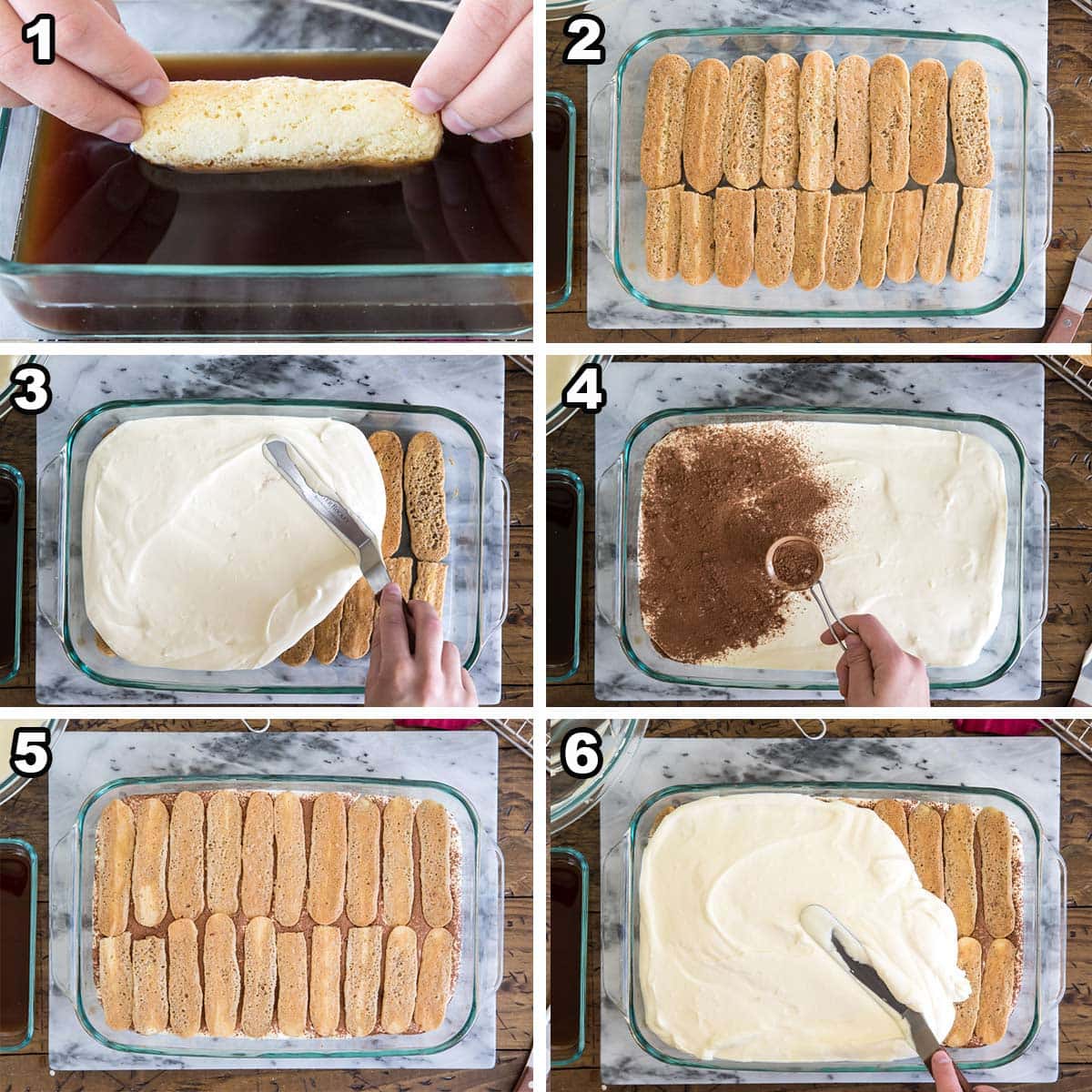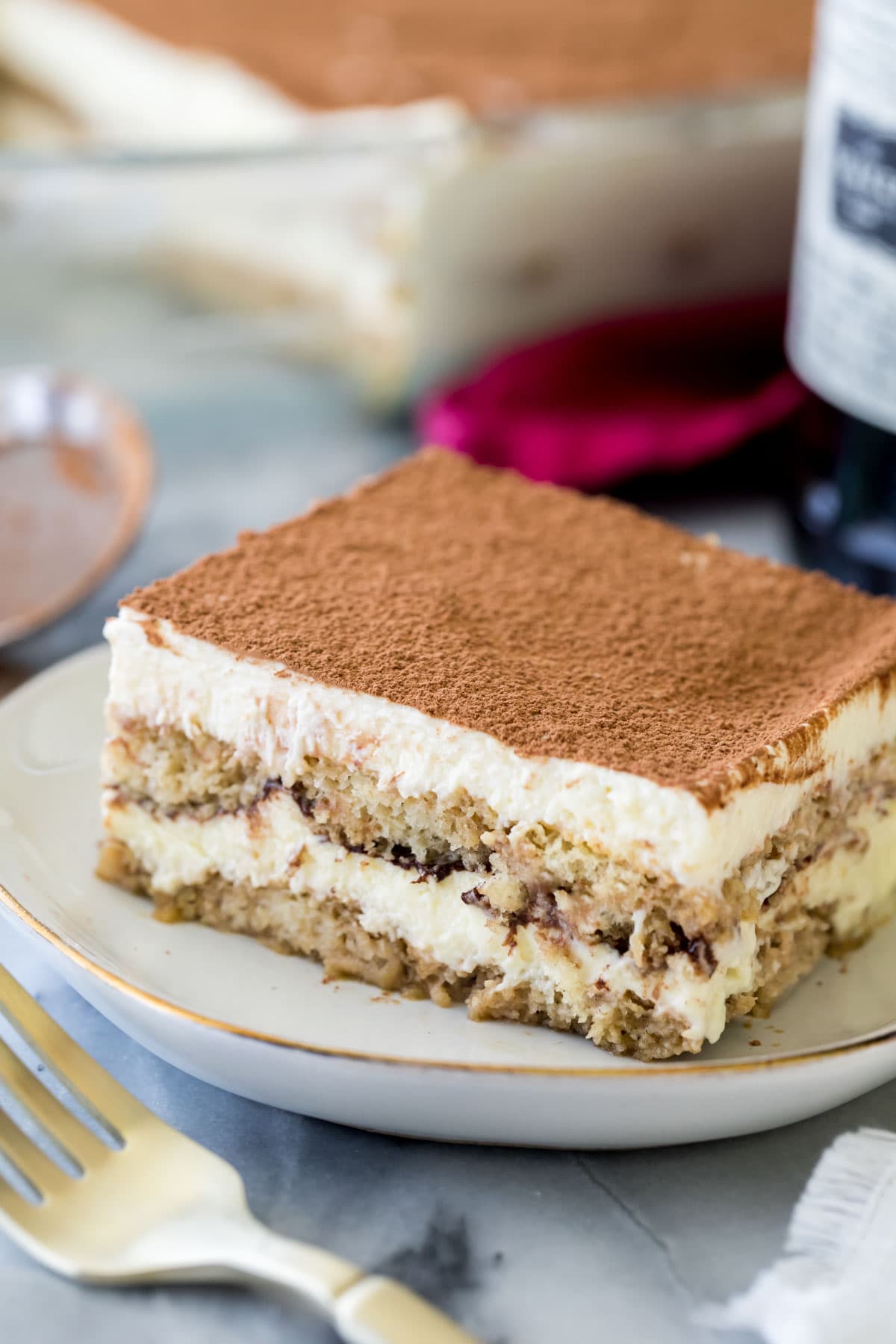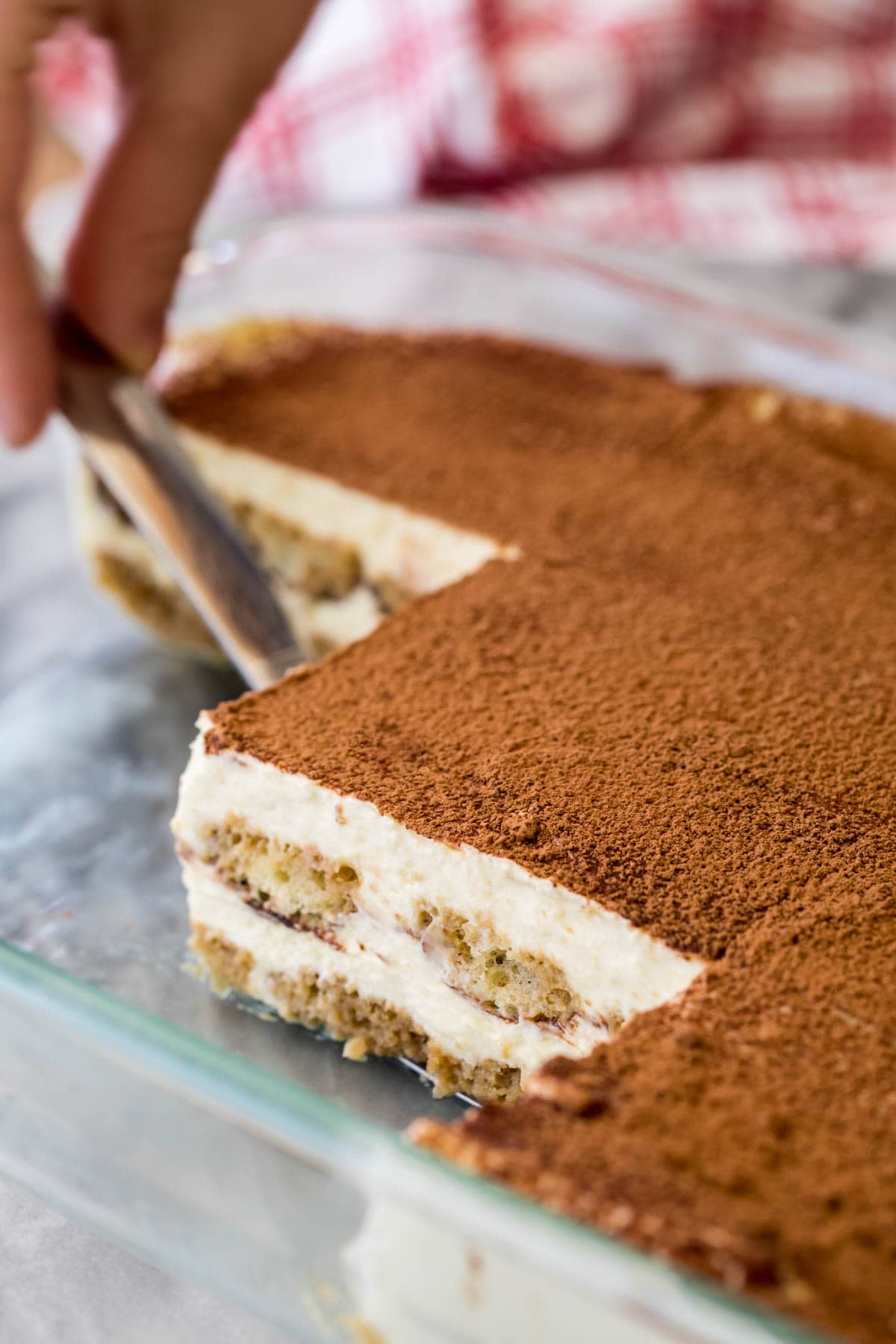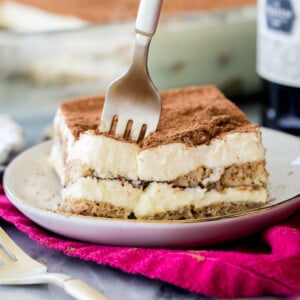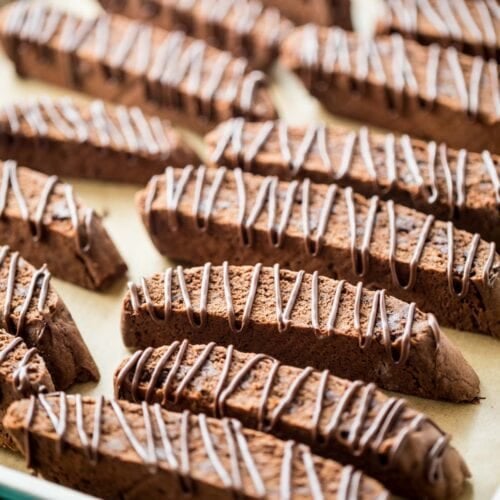A Completely From-Scratch Tiramisu Recipe
I’ve been working on perfecting this tiramisu recipe for months now, but it’s truly worth the wait. I wanted it to not only be the literal best you’ve ever had, but I also wanted the recipe to be foolproof, so I put it to the Zach test. Zach knows his way around the kitchen, but tiramisu was unlike anything he’d ever made before, so I left him with this recipe and left the kitchen (not an easy thing for me to do) to see what he ended up with. If it turned out, I knew it was ready to share. When he served me a slice, I was ecstatic (that might be an understatement) with the results. This really is the best tiramisu recipe and I’m finally ready to share it with you. I promise, the wait was worth it! Tiramisu is the perfect way to follow up an Italian dinner of baked ziti or your favorite rigatoni or stuffed shells. It’s sweet, but not overly so, and it’s certainly not a sugar-bomb; there are actually many dark/bitter flavors at play here. Unsweetened cocoa, dark spiced rum, and black coffee work in beautiful contrast against the creamy, lightly sweetened mascarpone layers and unassuming ladyfingers.
🧂 Ingredients
Before we begin, let’s discuss a few of the key tiramisu ingredients behind my recipe: SAM’S TIP: Save your egg whites! They can be used to make meringues, Swiss meringue buttercream, white cake, funfetti cake, or angel food cake! Store covered in the fridge for up to two days or frozen for several months, but make sure they are not contaminated by any yolk and that you keep them in a completely clean, dry, and grease-free container.
How to Make the Zabaglione
Zabaglione (also known as sabayon) is the starting point of my tiramisu recipe, and is often served as a dessert in and of itself. Despite its foreign and polysyllabic name, it’s actually fairly easy to make, though some patience is required. It’s simply a custard made by whisking together egg yolks and sugar, and salt on a double boiler until the sugar is dissolved and the whisk leaves tracks through the liquid. Alcohol is often cooked with the eggs, but here we’re adding it afterwards. Have patience. Don’t crank up your heat to speed up cooking, it can take around 10 minutes or longer and if you rush the process you could end up with scrambled eggs. Conversely, if the zabaglione is not cooked enough, your tiramisu will be runny. SAM’S TIP: You can check that the sugar has dissolved by rubbing a small bit of the mixture between your thumb and forefinger. It should be smooth and grit free. However, if your mixture meets all of the other criteria but has a small bit of grit remaining, don’t stress, this should dissolve while your tiramisu chills. You’ve made your zabaglione. That’s the hardest part of making any tiramisu recipe. Give yourself a pat on the back and let it cool for now. Now, make the mascarpone layer:
Preparing the Mascarpone layer
SAM’S NOTE: Mascarpone is finicky! It’s important that it’s neither too cold or too warm or it could curdle. I pull mine out of the fridge about 20 minutes before I need to use it.
How to Make Tiramisu
SAM’S TIP: The technique for dipping the ladyfingers is carefully written so that all of the cookie is evenly dipped and the tiramisu doesn’t become overly saturated. Don’t be tempted to dip the cookies straight into a mug of coffee; they’ll absorb far too much of the liquid and become soggy, resulting in a runny, messy tiramisu with unbalanced flavor. Before serving, sift another tablespoon of cocoa powder over the surface of the tiramisu. I prefer to wait until just before serving as it will begin to absorb the mascarpone mixture and turn dark if added too soon (it will still taste good, it’s purely aesthetic reasons that I like to wait!). Whew. I know we covered a lot today but hopefully all the steps, photos, and video (below) are helpful, especially if this is your first time attempt at tiramisu (if so, thank you so much for choosing my tiramisu recipe as your first!). Enjoy! Let’s bake together! Make sure to check out the how-to VIDEO in the recipe card!
More Italian Desserts to Try
